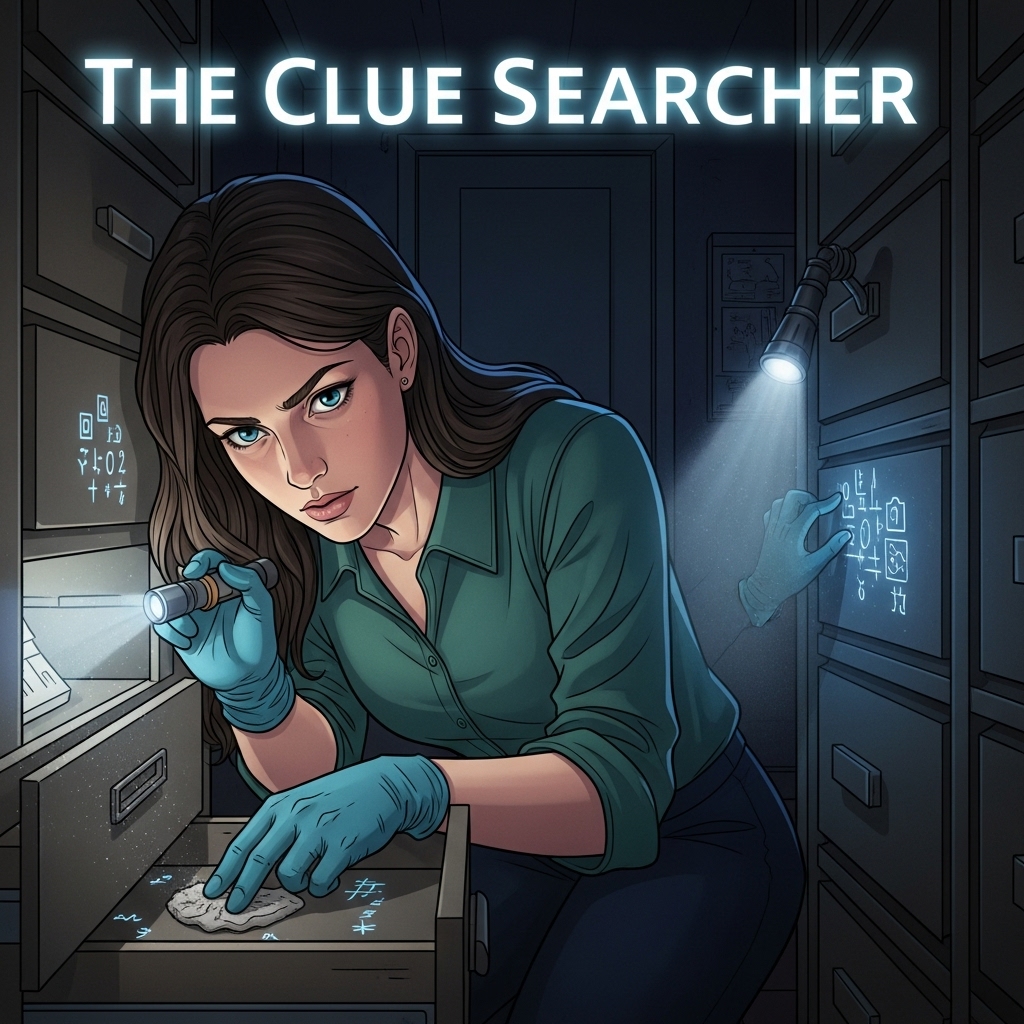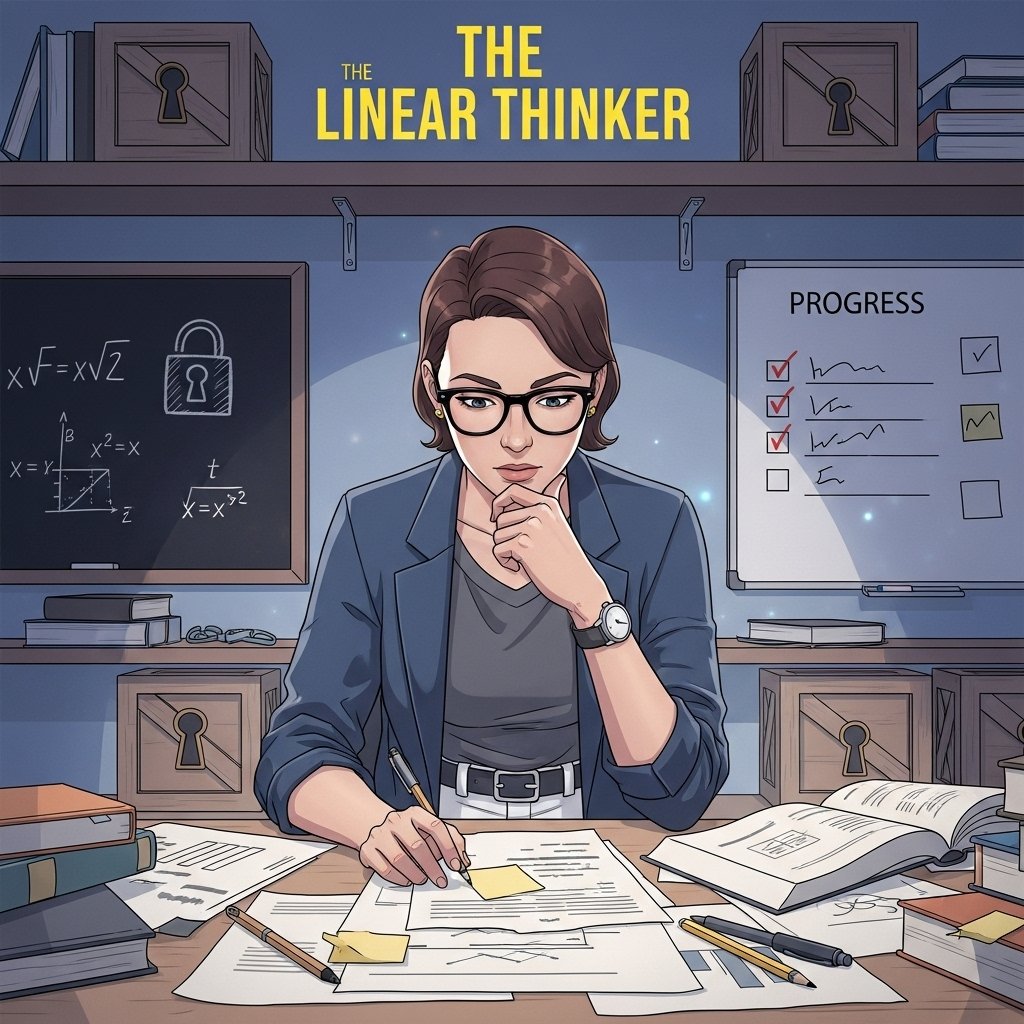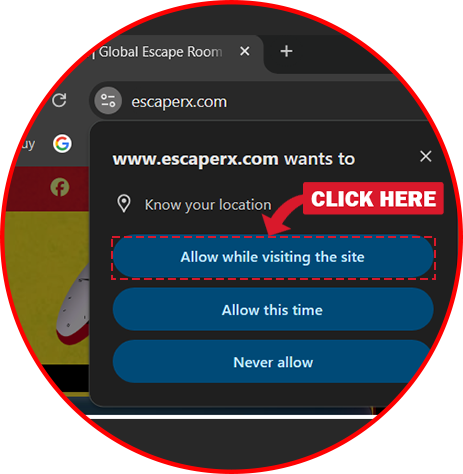In escape rooms, pressure runs high, puzzles can feel overwhelming, and time always seems to move too fast. In the middle of all that intensity ✨, the Cheerleader shine not as the one solving the toughest riddles or deciphering the hardest codes, but as the one who lifts the team’s spirit when it’s needed most 🤯.
The Cheerleader is the emotional backbone of the group 💪. They notice when someone is getting discouraged and step in with encouragement. They celebrate even the smallest breakthroughs, turning frustration into laughter and setbacks into renewed determination. Where others see stress, the Cheerleader creates momentum 😤.
Escape rooms are not just about solving puzzles they’re about enjoying the journey together 🔓. A Cheerleader ensures that everyone leaves the room smiling, no matter the outcome. Their contributions may not show up in the number of locks opened, but they show up in the team’s morale, unity, and ability to keep going under pressure ⏳.
Cheerleaders matter because they bring:
- ☀ ️ Positivity They keep the atmosphere light and hopeful, even when things look grim.
- 🚀 Motivation They push teammates forward when fatigue or frustration sets in.
- 🤝 Connection They remind the group that this is a shared adventure, not just a race against the clock.
Of course, even the Cheerleader must find balance. Too much energy at the wrong time can become a distraction ⚖ ️, and encouragement without direction can feel hollow. The most impactful Cheerleaders combine positivity with awareness knowing when to cheer loudly, when to quietly encourage, and when to step back so others can focus 🎯.
Done well, this role turns from “team cheer” into team glue, holding everyone together through the toughest puzzles and the tightest countdowns 🧴.
If you identify as a Cheerleader, here are ways to maximize your impact:
- 🎉 Celebrate small wins. Every solved puzzle builds momentum make sure the team feels it.
- ↩ ️ Redirect frustration. Turn complaints into humor or encouragement.
- 🎵 Be aware of tone. Match your energy to the team’s need calm encouragement can matter as much as high-energy celebration.
- 😄 Balance fun with focus. Keep the mood light, but don’t derail progress.
When the game ends, whether the team escapes or not, the Cheerleader leaves their mark 💨. They make sure the story of the room isn’t one of stress or tension, but of laughter, connection, and shared triumphs. Years later, teammates may not remember who solved which puzzle but they’ll remember how much fun they had 🥇. That joy is the Cheerleader’s true victory.















